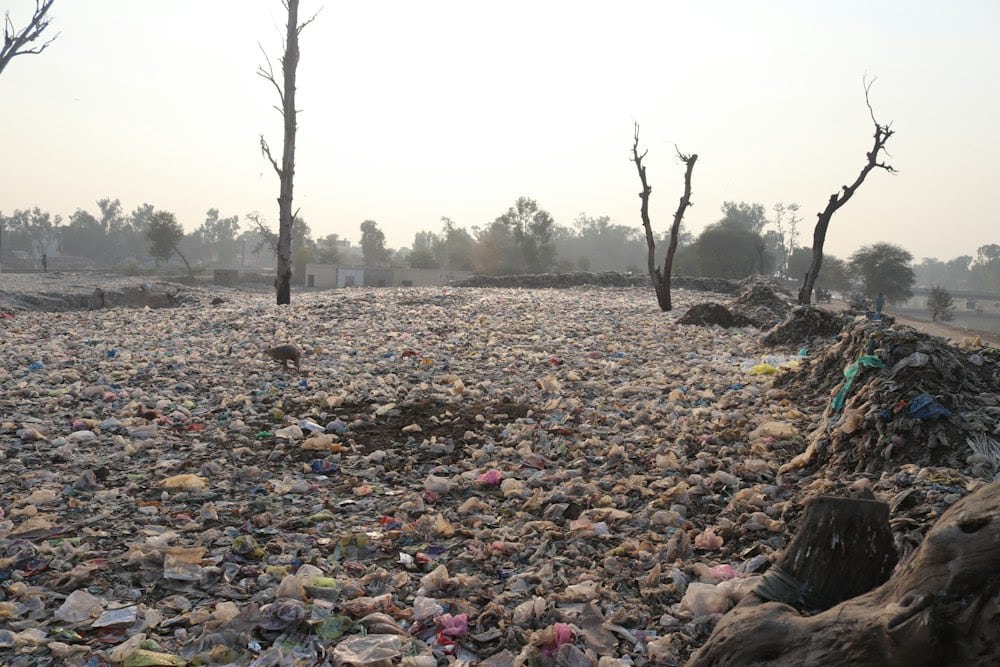
In the heart of the Amazon in Manaus, the largest metropolis in the Brazilian Amazon, tons of foul-smelling waste line the canals and waterways, an apocalyptic sight in this urban area surrounded by the world’s largest rainforest.
The Amazon favelas are located in a poor district to the west of the city, and a backhoe removes an impressive quantity of bottles, pieces of plastic and even household appliances floating near the stilted dwellings.
Further south, not far from the river port, municipal workers in orange jumpsuits collect the garbage from a boat and pile it onto a large barge for disposal on the Rio Negro, one of the Amazon’s main tributaries.
At the end of the rainy season, this causes the water to rise, and the waste is sometimes intermingled with tree branches. Every day, some 30 tonnes of garbage are removed. In some areas, the garbage is so concentrated that it completely obscures the watercourses.
Unfortunately, this scenario is repeated every year at this time of year, but the authorities have noticed that the situation has worsened in recent weeks.
Since the beginning of the year, from January to May, municipal services have removed 4,500 tonnes of garbage, most of which was recyclable, but had been thrown into the water by local residents.
“Those who live on the banks throw their rubbish directly into the canals. I think only one in five people throw them in the right places,” Antonino Pereira, a 54-year-old resident who can hardly stand the stench near a bridge in the city, told AFP.
For José Rebouças, undersecretary of the city council’s cleaning services, raising public awareness could save the city a million reais (around 180,000 euros) a month.
“This awareness is essential to preserve the environment”, he says.
The Amazon region is also hit by a sharp increase in deforestation, which reached a record level in the first half of the year, with more than 3,750 km2 cleared.





